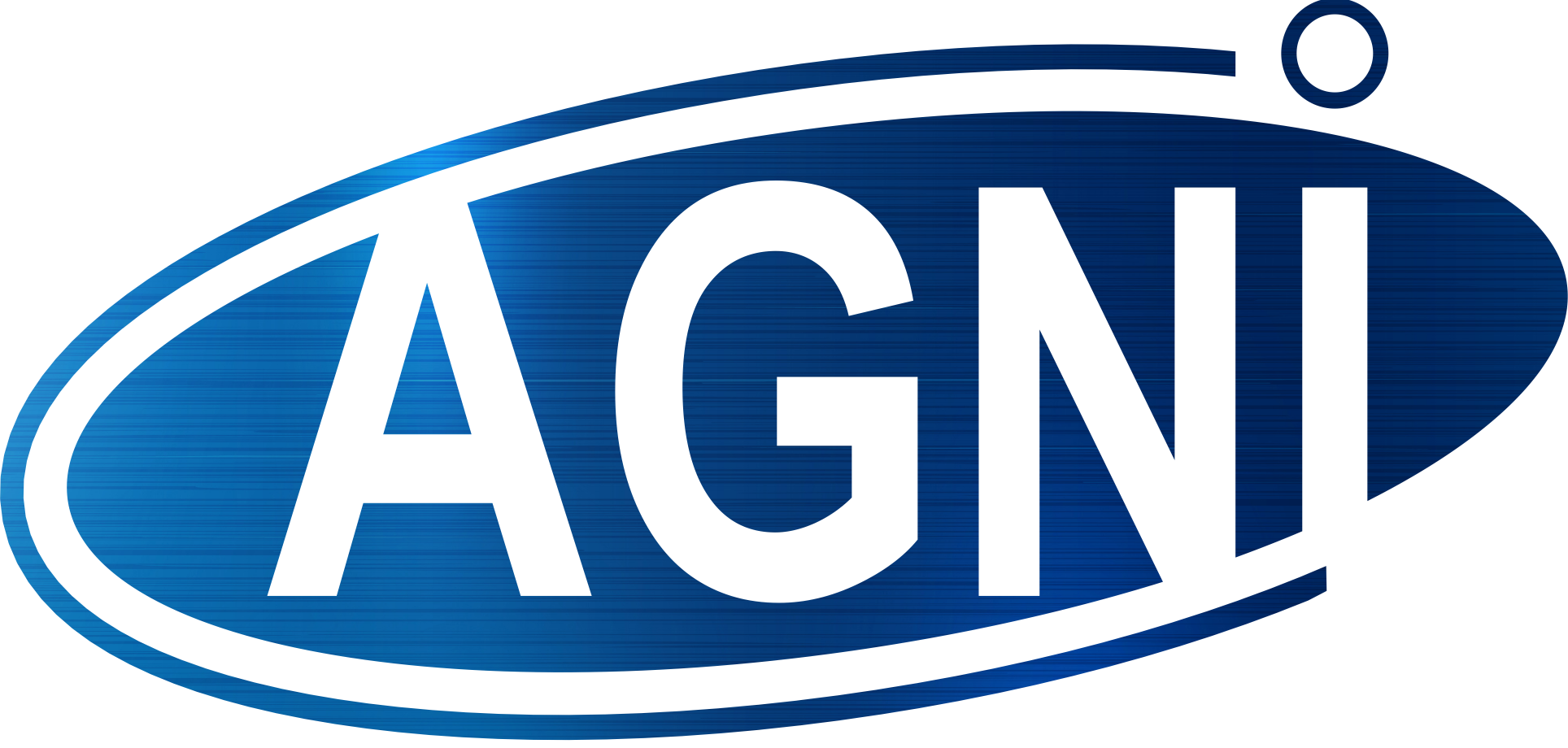Conventional Fire Alarm Control System (CFACS)
System Overview
This system divides the protected premises into multiple detection 2 to 120 zones, where each zone is monitored for the presence of smoke, heat, or manual call point activation. Upon detection of a fire condition, the system triggers audible and visual alarms and displays the affected zone on the Fire Alarm Control Panel (FACP) for quick identification and response.
Conventional systems are best suited for small to medium installations, such as offices, commercial spaces, warehouses, educational institutions, and low-rise buildings.

Operating Principle
When a detector senses smoke or heat, or when an MCP is activated, the resistance in that zone circuit changes.
The Fire Alarm Control Panel detects this change and initiates an alarm condition for the corresponding zone.
The panel then activates connected alarm notification devices (sounders, strobes, bells) and displays the zone number and alarm indicator on the control panel.
The system can also monitor for open circuit or short circuit faults, displaying corresponding fault indications to ensure full supervision and system reliability.
System Components
|
Component |
Description |
|
|---|---|---|
|
Fire Alarm Control Panel (FACP) |
Central processing unit that monitors all detection zones, provides visual and audible indications of alarm/fault conditions, and controls output devices. |
|
|
Smoke Detectors |
Photoelectric or ionization type detectors that sense smoke particles and trigger an alarm. |
|
|
Heat Detectors |
Fixed temperature or rate-of-rise type detectors that respond to rapid temperature increases or thresholds. |
|
|
Manual Call Points (MCPs) |
Break-glass or resettable units for manual fire alarm activation. |
|
|
Sounders / Bells / Strobes |
Audible and visual alarm notification devices activated by the FACP during fire conditions. |
|
|
End-of-Line (EOL) 4.7 k ohm Resistors |
Installed at the end of each detection and sounder circuit to enable system supervision. |
|
|
Power Supply & Battery Backup |
Provides 24V DC output with automatic charging and backup power for at least 24 hours standby + 30 minutes alarm operation. |
|
System Features
- Zone-based fire detection for easy localization of alarms.
- LED indications for Power, Fire, Fault, Silence, and Test.
- Supports typically 2, 4, 8, or 120 zones (expandable depending on model).
- Each zone can accommodate multiple detectors and call points (as per design load).
- Alarm sounder circuits (2 or more) with silence and resound functions.
- Supervised circuits for open, short, and ground fault detection.
- Relay outputs for fire, fault, and supervisory conditions.
- Battery monitoring and charger supervision.
- Key-operated or password-protected controls for authorized access.
- Evacuation and test modes for maintenance and commissioning.
- Optional interface modules for integration with building systems (e.g., elevators, HVAC, sprinklers).
Technical Specifications
|
Parameter |
Typical Specification |
|
|---|---|---|
|
System Type |
Conventional, Non-addressable |
|
|
Zone Capacity |
2, 4, 8, 120 zones (expandable) |
|
|
Operating Voltage |
220–240V AC, 50/60Hz |
|
|
System Operating Voltage |
24V DC nominal |
|
|
Detection Circuit Supervision |
Open/short circuit monitored |
|
|
Notification Circuit Supervision |
Monitored with EOL resistor |
|
|
Battery Backup |
24V sealed lead-acid battery |
|
|
Standby Duration |
24 hours minimum |
|
|
Alarm Duration |
30 minutes minimum |
|
|
Output Contacts |
Fire (NO/NC), Fault (NO/NC), Common Alarm |
|
|
Enclosure Rating |
IP30 or higher |
|
|
Operating Temperature |
0°C to 55°C |
|
|
Relative Humidity |
Up to 95% non-condensing |
|
|
Compliance |
EN 54-2, EN 54-4, UL 864, LPCB |
|
Advantages
- Simple and reliable — proven technology with minimal configuration.
- Cost-effective — ideal for smaller facilities with limited zones.
- Easy installation and commissioning — standard two-wire connections per zone.
- Quick fault identification — zone-level fire and fault LEDs.
- Flexible integration — can trigger external systems (e.g., suppression release, HVAC shutdown).
- Low maintenance requirements — straightforward periodic testing.
Typical Applications
- Small to medium commercial buildings
- Office complexes and retail outlets
- Educational institutions
- Industrial workshops and warehouses
- Residential complexes and dormitories
- Hotels, restaurants, and healthcare facilities
- Parking areas and utility rooms
Standards and Compliance
EN 54-2
Fire detection and fire alarm systems: Control and indicating equipment
EN 54-4
Power supply equipment
UL 864
Control Units and Accessories for Fire Alarm Systems
BS 5839 Part 1
Fire detection and alarm systems for buildings
NFPA 72
National Fire Alarm and Signaling Code

